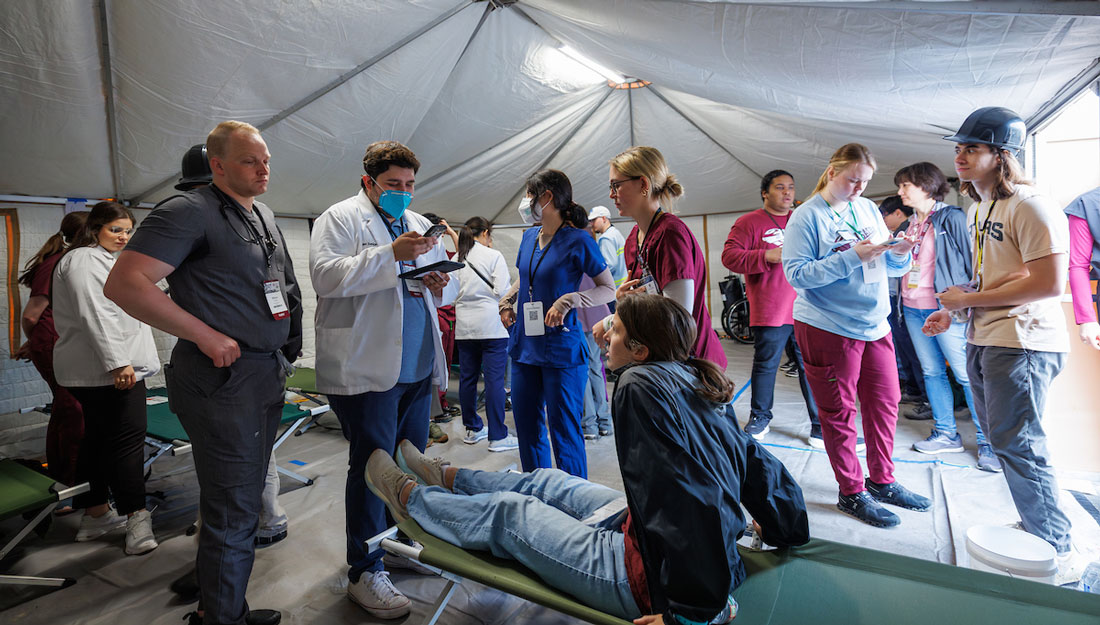Dental schools collaborate with ‘Second Life’
DALLAS — Two faculty members at Texas A&M Health Science Center Baylor College of Dentistry are setting sail into uncharted virtual waters.
Dr. Bob Hutchins, associate professor of biomedical sciences, and Dr. Bill Wathen, associate professor of general dentistry, have teamed up with faculty at the University of Kentucky College of Dentistry to create plans for a learning experience that doesn’t exist at any other dental school: virtual dental grand rounds. Available to third- and fourth-year students at multiple dental schools, the grand rounds would facilitate learning about real-life dental scenarios using online technologies. The overall objective of this exercise is to support integrated basic and clinical information in a discussion of patient treatment needs.
Using an online 3D virtual world called “Second Life,” Drs. Hutchins, Wathen and colleagues have begun to develop a grand rounds dental experience. They envision inviting clinicians in various specialties to present important, evidence-based issues as the subject matter of each grand round. Basic science faculty will participate to provide foundational support for the integration of the subject matter. The format to be used will include several short segments modeled after the Burton and Roth grand round format (New England Journal of Medicine 340:1516, 1999).
To test this fledgling project, a pilot grand round session was held on Feb. 11. Dr. Mark Thomas at the UK College of Dentistry presented the case. Dr. Pam Stein, also on faculty at UK, gave a basic science overview of the patient’s condition. Drs. Hutchins and Wathen, as well as Dr. Robert Hinton, professor of biomedical sciences, coordinated the HSC-BCD students: Ben Cozad and Austin Gray, third-year students; and Chad Hanley and David Mouritsen, fourth-year students. The UK student group was composed of four third-year students. The speakers’ presentations were transmitted using microphones to allow voice communications over the Internet, while the participants communicated primarily via computer keyboards.
After further work piloting this effort, the virtual grand rounds at HSC-Baylor College of Dentistry may evolve into a dental course selective that meets once a month. The ability to bring together colleagues at distant locations and provide an exchange of information would, according to student surveys, provide a unique and innovative learning experience.
The use of a “virtual world,” though not for grand rounds, already has been adopted at other U.S. dental schools as a training tool for the delivery of educational content; it is now a part of the curriculum at the dental schools of the University of Maryland and Case Western Reserve University. At the University of Southern California School of Dentistry, students have the opportunity to test their decision-making skills with interactive virtual patients.
HSC-Baylor College of Dentistry and the University of Kentucky College of Dentistry have joined a small group of American dental schools leading the way with technology to teach the curriculum. They are looking into the future, and the future looks “virtually” bright.
Media contact: media@tamu.edu


